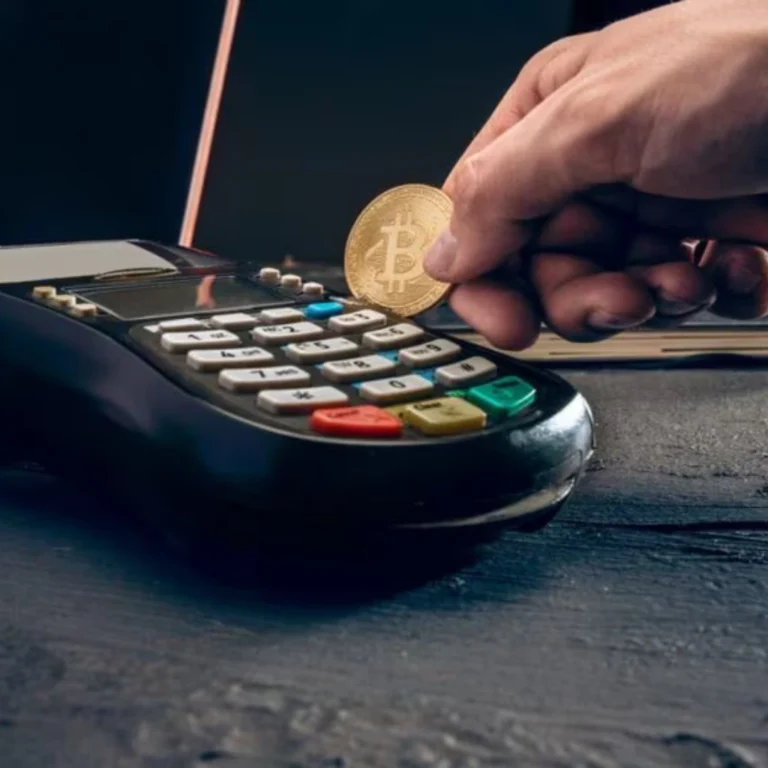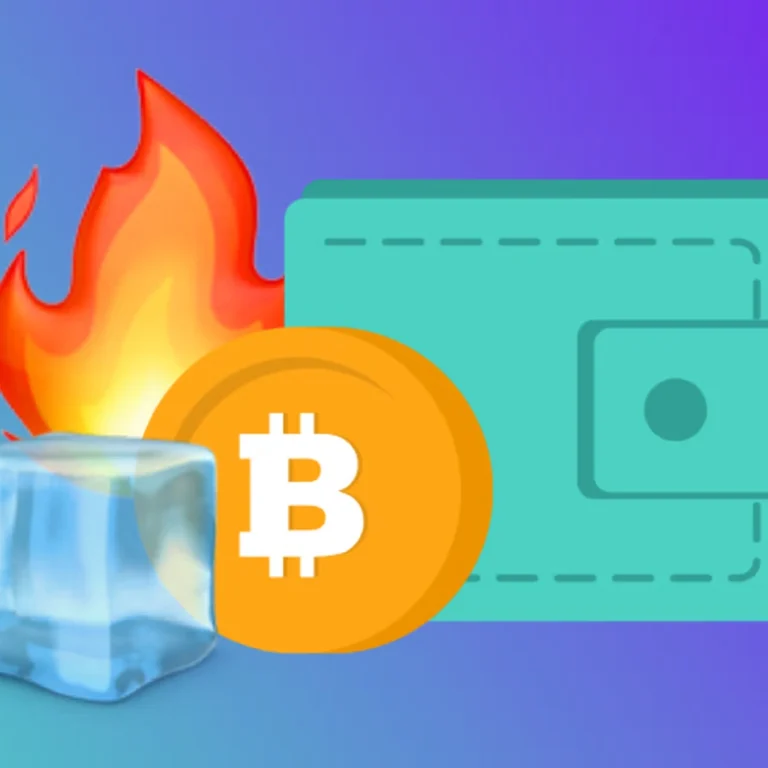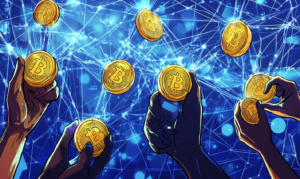Web3 payment cards Malaysia: As cryptocurrency adoption grows globally, Web3 payment cards — like those from Crypto.com, Binance, and Wirex — are starting to catch the eye of Malaysian users. These cards promise to bridge the gap between digital assets and real-world spending. But how practical are they for everyday life in Malaysia?
Can you really tap your crypto-funded card to pay for bubble tea on GrabFood, or buy gadgets on Shopee, or even top-up your Touch ‘n Go (TNG) eWallet? The short answer: sometimes — with caveats.
Let’s break it down.
What Are Web3 Payment Cards?
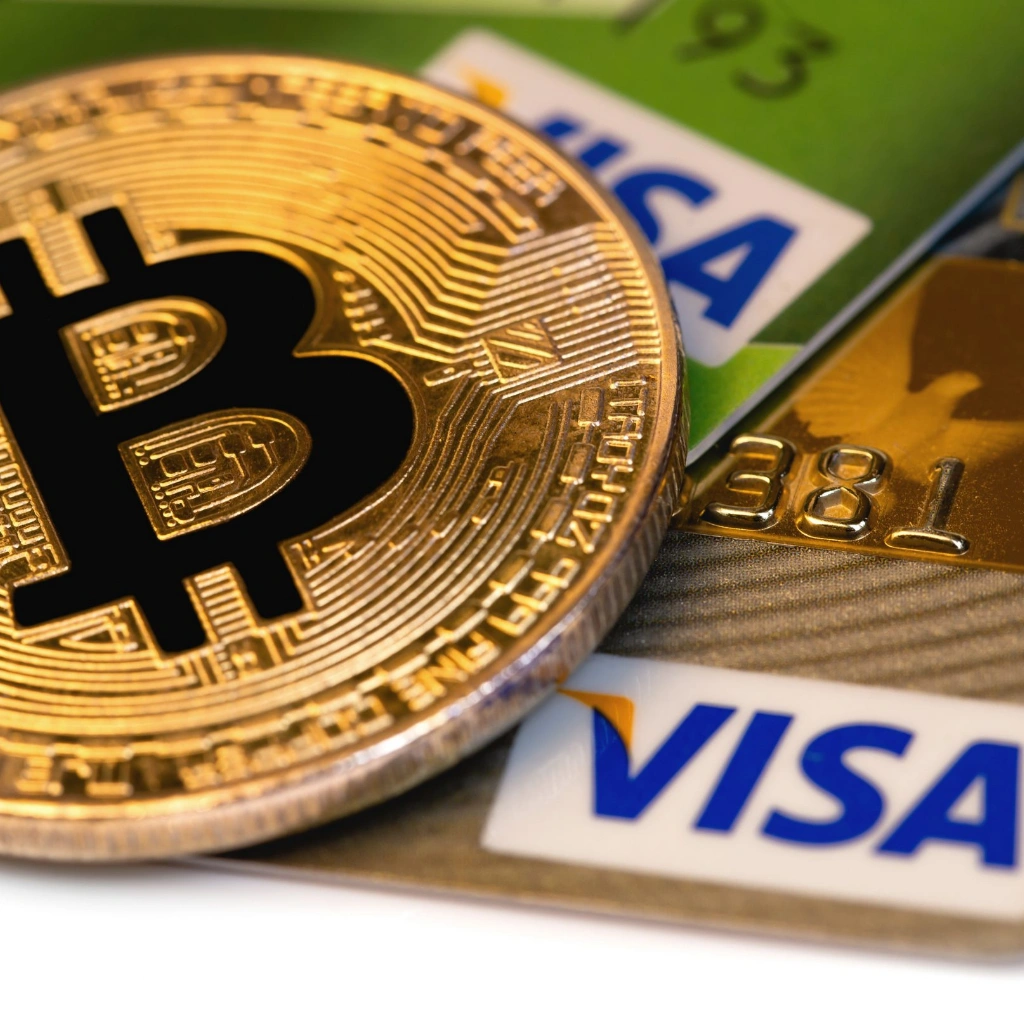
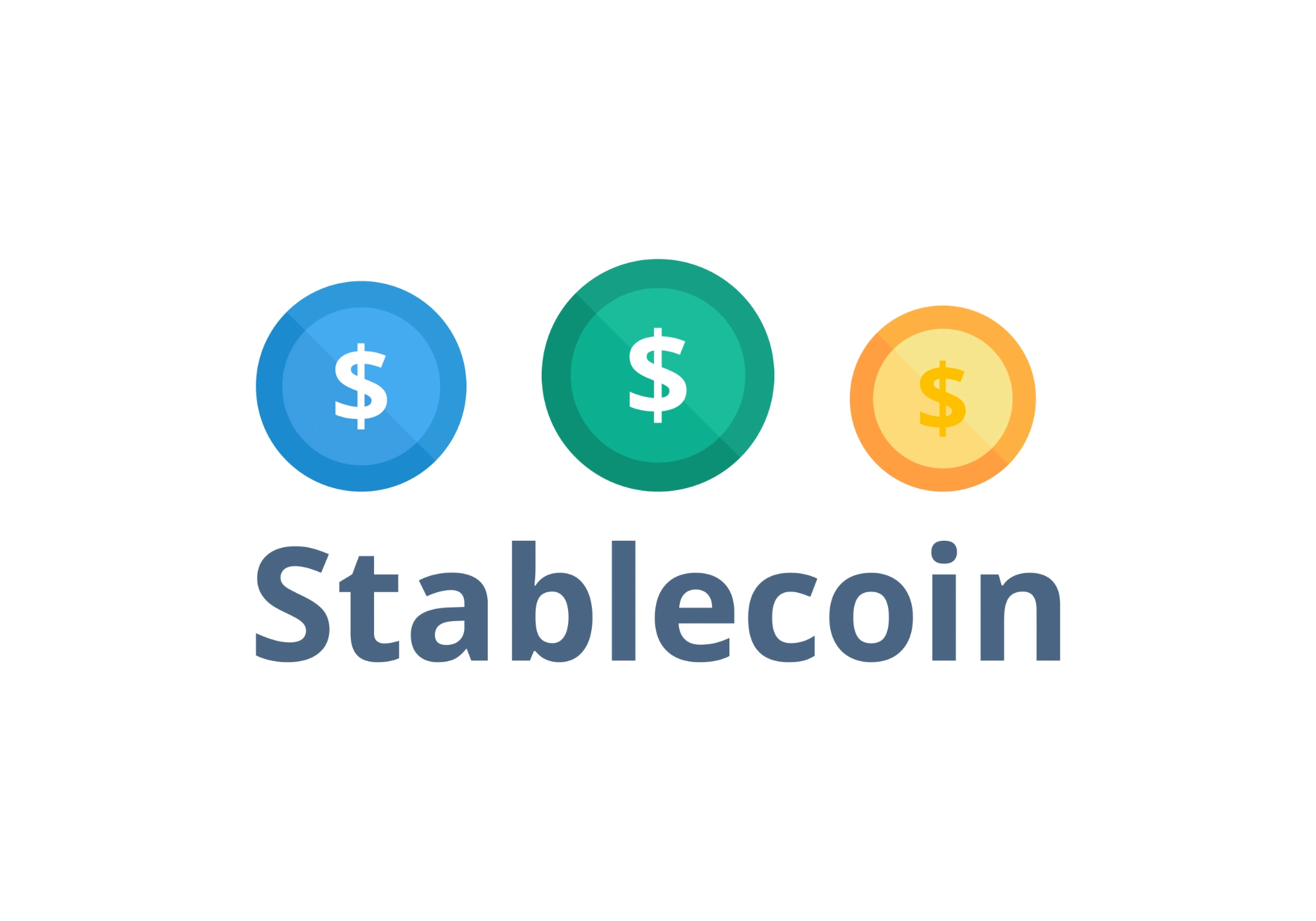
Web3 payment cards are essentially prepaid debit cards that pull funds from a cryptocurrency wallet. They’re typically Visa or Mastercard-backed, which means they’re technically accepted anywhere those networks are supported.
When you make a payment, the card provider instantly converts crypto (like Bitcoin, Ethereum, or stablecoins) into fiat currency (such as the Malaysian Ringgit). This allows users to spend their crypto as if it were cash.
However, just because they function like a debit card doesn’t mean they’re accepted everywhere — especially on platforms with strict payment policies.
Where Web3 Payment Cards Work in Malaysia

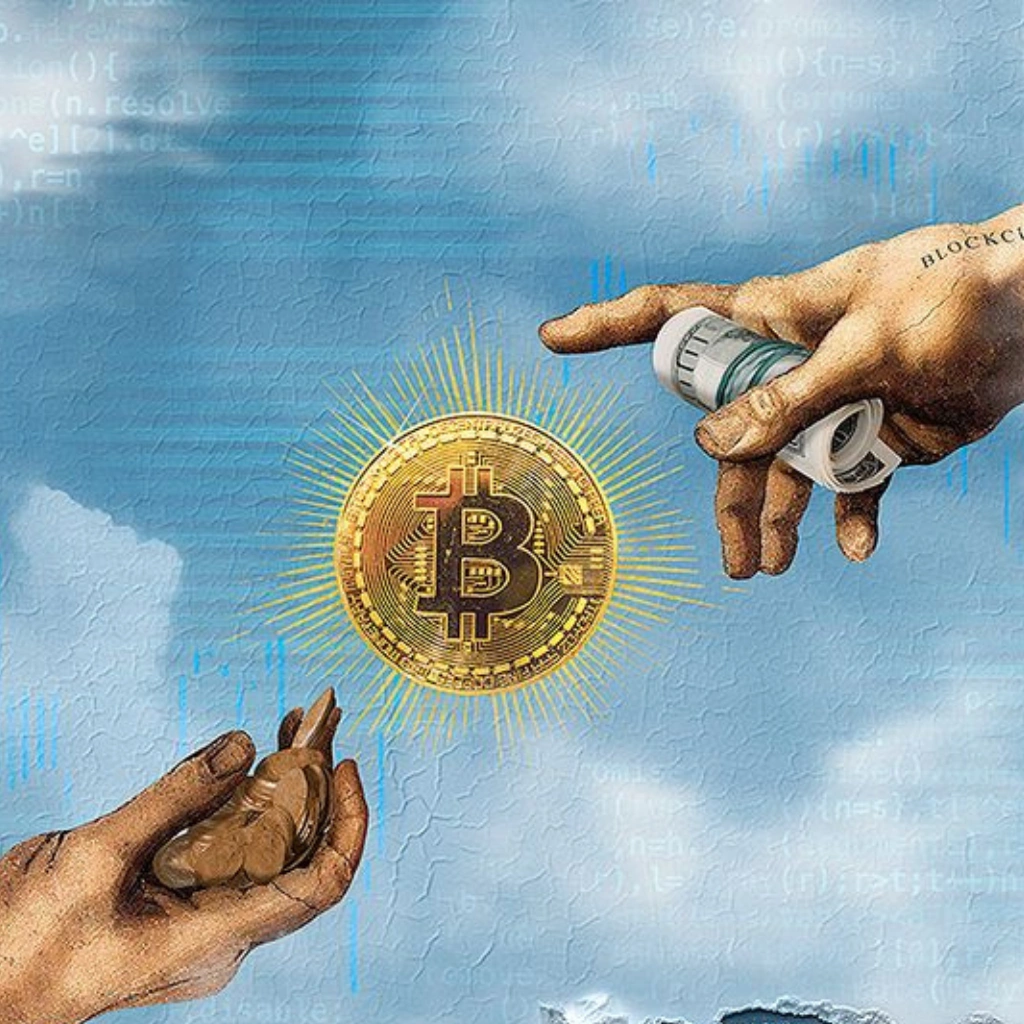
Generally, Web3 cards are most reliable in the following scenarios:
- In-person retail transactions at merchants that accept Visa/Mastercard
- Online purchases through websites with direct card payment options (not via wallets)
In these cases, the card functions similarly to a prepaid debit card, and the crypto-to-fiat conversion happens seamlessly in the background.
Where They Don’t Work Well (Yet)
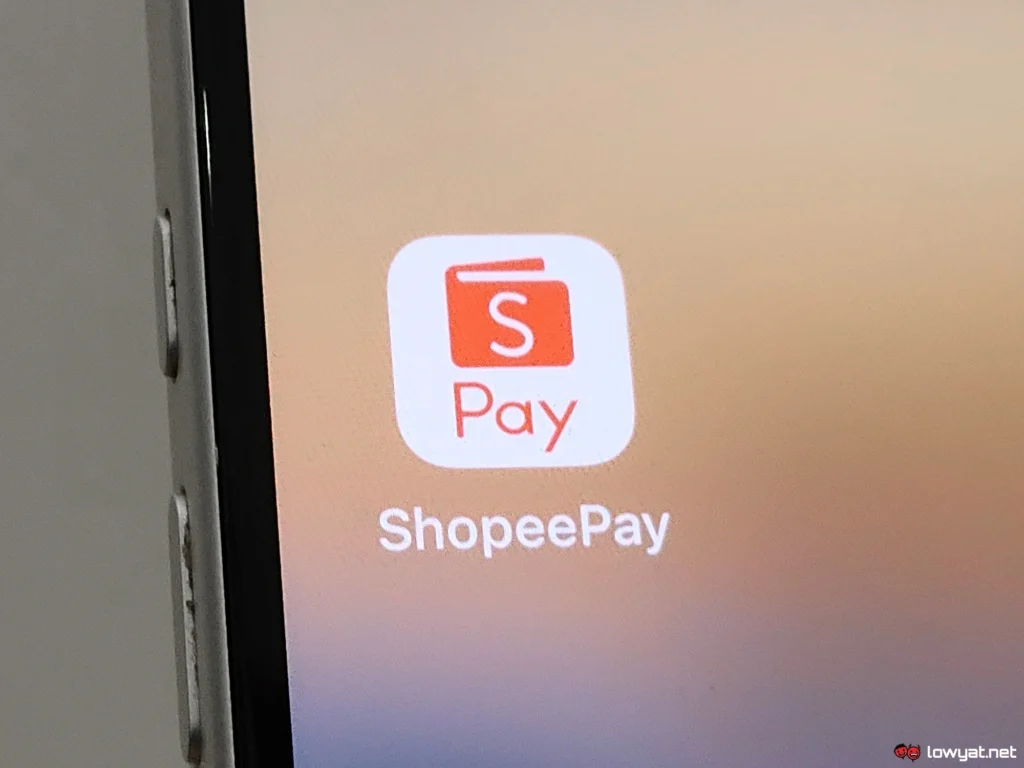
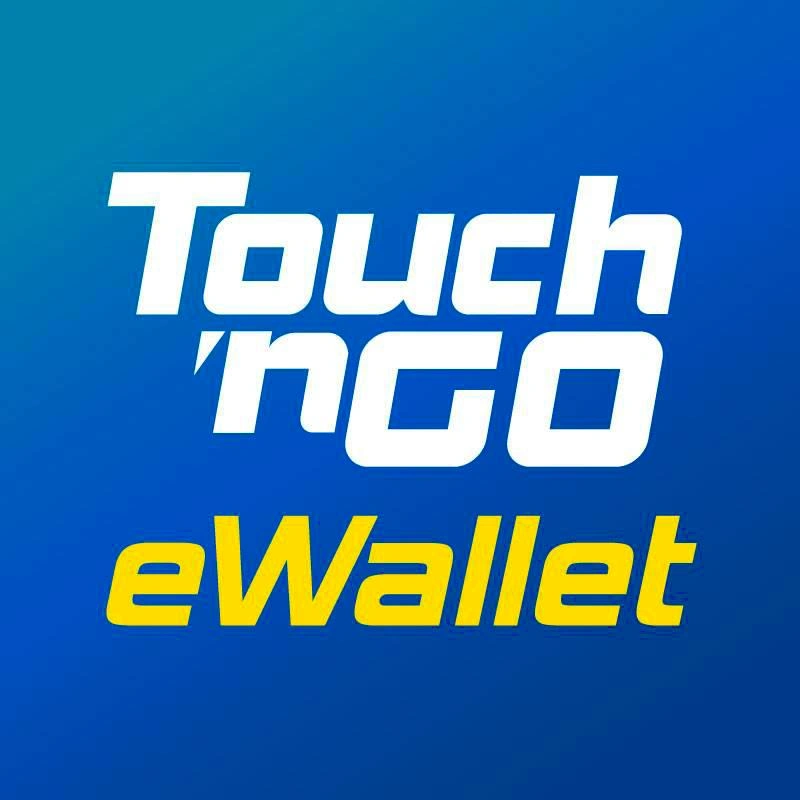
Many Malaysian eWallets and super-apps, like ShopeePay, GrabPay, and TNG eWallet, do not natively support top-ups from prepaid or foreign-issued cards — which Web3 cards usually are.
Here’s a breakdown of each:
Shopee Malaysia
- Likely to reject prepaid and international cards at checkout.
- Some users have reported partial success using PayPal as an intermediary, but this depends on the card issuer and Shopee’s evolving payment policies.
GrabPay / GrabFood
- Top-ups via Web3 cards are often blocked.
- You may be able to add a crypto-linked card as a direct payment method for rides or food delivery — but reliability varies.
Touch ‘n Go (TNG) eWallet
- Currently not compatible with crypto-funded cards.
- TNG enforces tight control over card acceptance and generally excludes prepaid and foreign-issued options.
Workarounds Some Users Try
Although direct support is limited, some users attempt creative alternatives:
- Purchasing Grab or Shopee gift cards from third-party sites using their Web3 cards.
- Linking the Web3 card to a PayPal account, then using PayPal as a payment bridge (note: not all crypto cards are PayPal-friendly).
These workarounds may offer some flexibility, but they’re not guaranteed — and they often come with extra steps, fees, or restrictions.
Regulatory and Technical Barriers
So why all the friction?
The main reasons include:
- Regulatory caution around crypto in Malaysia
- Platform risk management policies that block prepaid or foreign cards to reduce fraud
- Lack of integration between local fintech apps and blockchain-based payment systems
Until these issues are addressed at the infrastructure and policy level, limitations will persist.
The Future Outlook
Despite current challenges, the trajectory is clear: Web3 financial tools are becoming more mainstream, and Malaysia is gradually opening up to digital asset innovation.
We’re already seeing:
- Increased interest from regional exchanges like Luno
- Experiments with blockchain loyalty programs among local startups
- Growing awareness of stablecoins and real-time crypto-fiat conversion
If regulatory attitudes shift and local payment providers begin integrating blockchain finance, we may one day see seamless crypto usage on Shopee, Grab, or even TNG.
Web3 payment cards Malaysia: Should You Try a Web3 Payment Card in Malaysia?
If you’re a crypto enthusiast or early adopter, trying out a Web3 card can be an educational and rewarding experience — especially for international purchases or physical retail transactions.
However, if your goal is full integration with local mobile wallets and everyday Malaysian apps, it’s best to manage expectations. As of now, Web3 cards are not a full replacement for conventional banking tools in Malaysia.
Web3 payment cards Malaysia: Key Takeaways
- Web3 cards work at many Visa/Mastercard merchants
- Local wallets (ShopeePay, GrabPay, TNG) do not support top-ups from them
- Workarounds exist, but may be unreliable
- Future integration is likely — but not immediate
Web3 payment cards in Malaysia are functional, but not fully compatible with every platform — yet. As with many emerging technologies, adoption comes in waves. The key is to stay informed, experiment responsibly, and watch the space evolve.
Who knows — one day, buying nasi lemak with ETH might just be the new normal.
Relevant news: HERE


